CES 2017: all the latest gadgets from this year's key tech show
Get the complete lowdown on all of the best tech being demoed at the Consumer Electronics Show this week.


2017 is certainly starting with a bang as far as gadgets go, with the biggest tech firms in the world gathered in Las Vegas for the Consumer Electronics Show (CES) this week. To save you the trouble of pushing your way through the crowds, we'll be covering the event live.
Here's the best of what we've seen from the show so far...
Concept cars and self-driving technology

Later in the week at CES Toyota showed off its rather impressive Concept-i concept car. Okay it's not a real motor - yet - but it comes with self-driving technology that automatically takes over if it senses you're tired. If this is what the autonomous driving future looks like then we're definitely interested.
What's more, the car can recognise you as you approach and even adjust the seats and mirrors to suit your personal preferences, should you be keen to do a spot of manual driving. It also features signalling and light technology that can warn other drivers about danger or thank them for letting you in.

Cars are playing a bigger and bigger role at tech shows these days (as is technology at car shows) and Nvidia and Audi took the opportunity to announce a partnership that should have a smart, AI-powered, self-driving car on the road by 2020. Oh, and Ford is bringing Amazon Alexa to some its vehicles in the coming weeks.
Samsung's has new Chromebooks and laptops

Google may have retired its flagship Pixel Chromebook line, at least for the time being, but there are two more premium Chromebooks in town at CES 2016: the Chromebook Pro and Chromebook Plus from Samsung.
Both feature a 12.3-inch, 2,400 x 1,600 pixel screen that you can flip over and use tablet-style with a stylus - and both can run Android apps too. Pricing for the less-powerful Plus starts at $449 (about £365), with the Pro pricing yet to be announced.
Get all the latest news, reviews, deals and buying guides on gorgeous tech, home and active products from the T3 experts
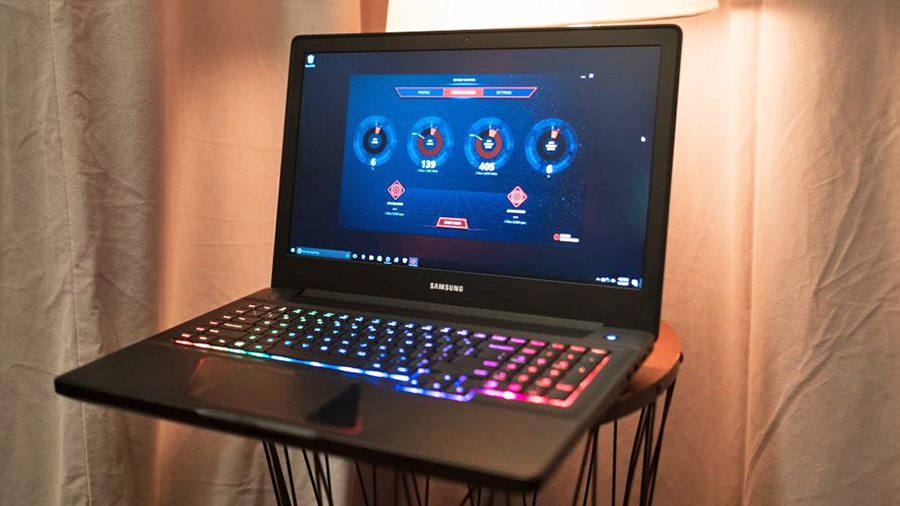
Samsung had even more to unveil in Las Vegas too - the high-end Notebook 9 series has got a refresh with newer Intel chips, while the company has dipped its toes into gaming laptops too with the introduction of the Odyssey series.
Coming in 15.6-inch and 17.3-inch incarnations, both have those Kaby Lake Intel chips inside, plus your choice of Nvidia graphics cards - Samsung hasn't released full details yet, but we like the look of these machines so far. Pricing and availability is still to be confirmed.
The HTC Vive can now track anything - and more VR goodies
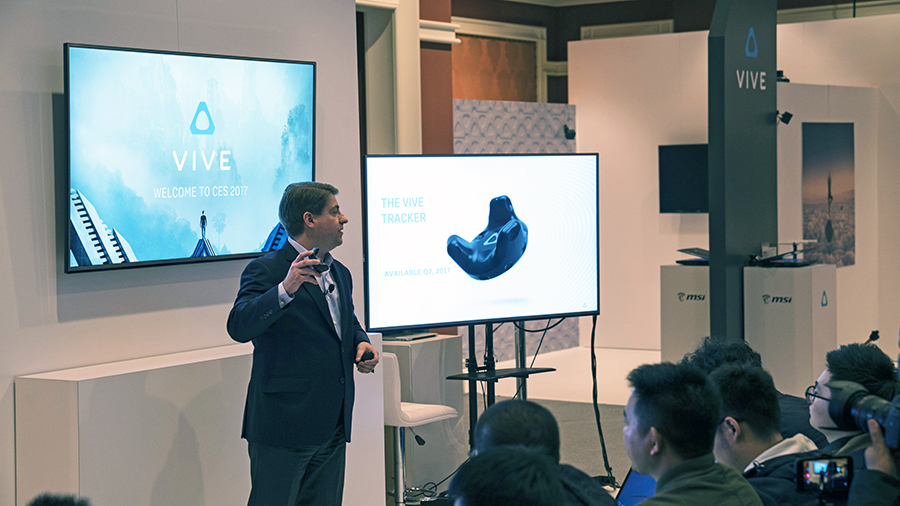
HTC didn't have a new Vive to show off in Las Vegas but it did promise that an accessory would be available to make the VR headset wireless by the middle of this year. It also demoed a new Vive Tracker add-on which allows developers to track any object - cricket bats, samurai swords - in VR space.
There's been plenty here to entertain VR fans, including the Cerevo Taclim, a set of VR shoes and gloves that helps you take more control over your actions in virtual reality worlds, as well as feel different textures and responses on your hands and feet.
We've also been quite taken by the new 3DRudder Wireless controller, which lets you move through VR with your feet as well as your hands and fingers. Controlling the action in VR is tricky at the best of times and we're hopefully that alternative input devices like this could help - it goes on sale in the spring for $199 (about $165).
New cameras from Canon, Panasonic and Polaroid
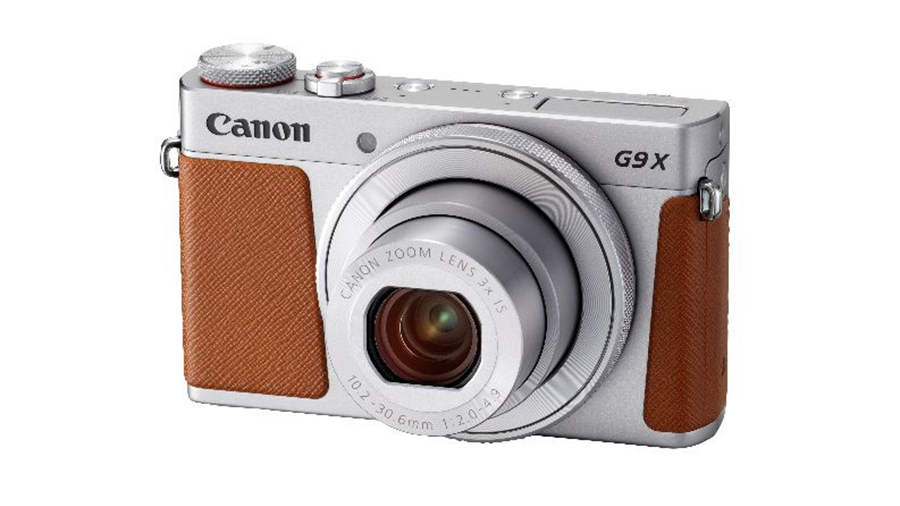
Camera enthusiasts haven't been left out of the CES show this year, and there's a refreshed set of products in Canon's PowerShot, IXUS and LEGRIA ranges. One of the most interesting is the PowerShot G9 X Mark II, which brings with it a 20.1-megapixel sensor, a DIGIC 7 processor and 3x optical zoom. It can be yours from February 2017 for £449.99 RRP.
Panasonic hasn't been idle either, outing a range of new models, including the Lumix GH5 that it's teased in the past and the 16-megapixel GX800 interchangeable lens model (known as the GX850 in the US). At £499.99 with a 12-32mm collapsible lens it's the cheapest Lumix G mirrorless interchangeable lens camera in the range. It can be yours from March.
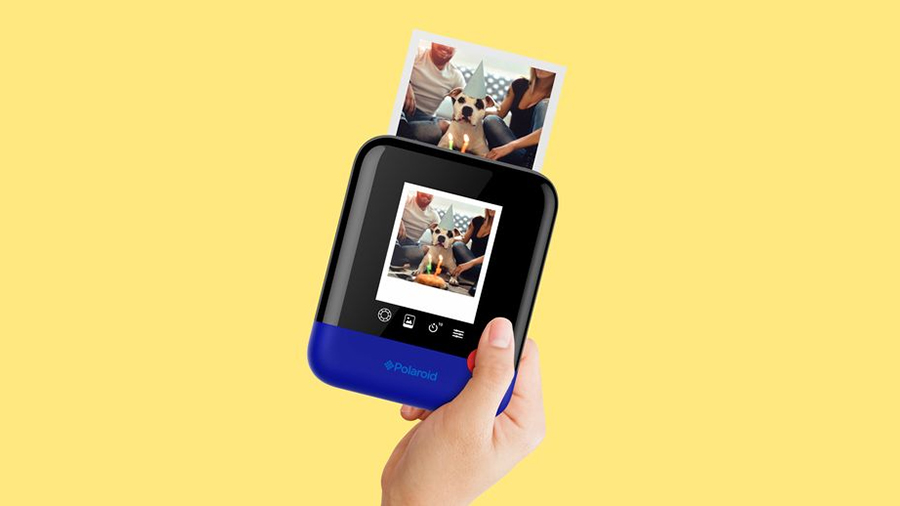
There's also a new camera with the Polaroid branding too, the Polaroid Pop. It probably won't be any use on your next safari, but for quick sharing with friends it's perfect - the 3-inch x 4-inch instant camera snaps your photos digitally and spits out little prints at the same time. It's going to be out before the end of 2017.
Electric cars, kids' bikes, and friendly robots
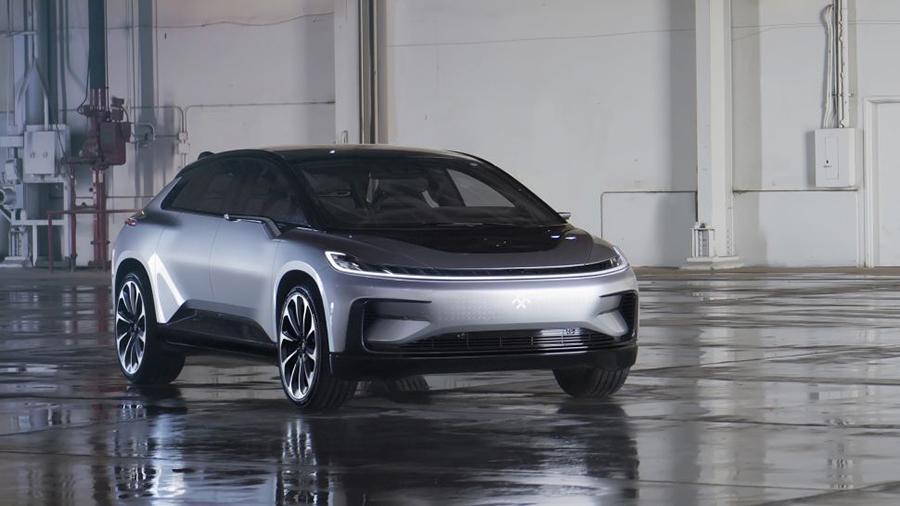
The mysterious Faraday Future has treated CES attendees to a demo of its FF 91 electric car with self-driving capabilities, which it says is ready to take on Tesla in the next generation of road wars. The car's 130 kWh battery offers a range of 378 miles and can reach 0-60 mph in 2.39 seconds, Faraday Future says.
It's packed with smart features - so it can recognise who you are as you approach and adjust the driving position accordingly, for example - but even though it appeared on stage in Las Vegas, the car won't appear in your driveway until 2018.

Meanwhile, make sure your little ones are still getting some exercise while they play on the iPad with the Think & Learn Smart Cycle, launched at CES by Fisher-Price. There are a set of games to go with it too, that sync with the speed of the pedalling. The bike (which stays stationary, in case you were wondering), will be out later in the year for $150 or so, which is roughly £120.
Also likely to catch the attention of younger folk is the Kuri robot, one of a growing number of smart robots designed to act as assistants and companions in the home. Designed by an ex-Pixar employee, Kuri certainly looks cute enough, and can read out kids' stories, keep an eye on your home, control other gadgets, answer your questions and more besides.

LG is joining the home robot revolution too, with the introduction of the LG Hub Robot: sort of like an Amazon Echo with a display and the ability to turn around (though it can't move like Kuri can). As with just about everything at CES this year, it's powered by the Amazon Alexa smart assistant, but we're still waiting on price and availability details.
Lego and smart gadgets

Lego has a new product line called Boost aimed at teaching kids to code and building some cool-looking robots at the same time. From the summer, $159.99 (about £130) gets you a Boost kit with a motor, a sensor, and a pile of bricks, and everything can then be programmed using the matching apps for Android and iOS.
CES is known for its quirky gadgets and in that department it's hard to beat the Kerastase Hair Coach. It's a smart hairbrush made by Withings and L'Oreal that uses a microphone and sensors to monitor your brushing technique - the device can then tell you exactly what you're doing wrong, and in theory will put an end to frizziness, dryness, breakage and split ends. It's going on sale in the middle of the year for about $200 (roughly £165).
And speaking of smart household gadgets, take a look at the Kolibree Ara, which (at last!) brings artificial intelligence to your toothbrush. As with the smart hairbrush, the idea is your brushing gets analysed and the accompanying app gives you feedback on how to get those pearly whites looking shinier and cleaner than ever.
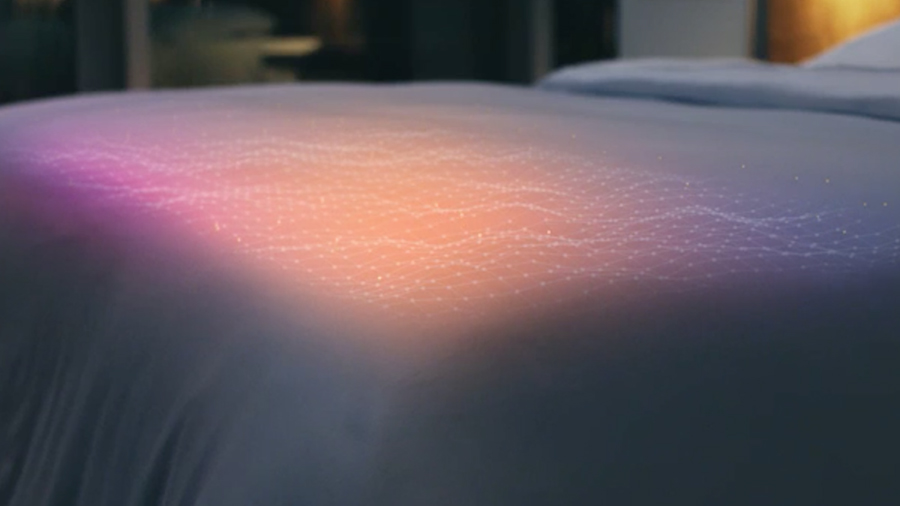
The beds are also getting smarter at CES. The Sleep Number 360 bed is new this year, using a barrage of sensors, temperature controls and software smarts to make sure your time in bed is as restful as possible. It warms your feet, for example, which supposedly helps you fall asleep faster, and can adjust its configuration based on whether you're lying on your back or your side.

Finally, Griffin announced a bunch of smart household gadgets that can make your day-to-day routine that bit more advanced: there's a connected toaster, a connected coffee machine, and a connected mirror for the bathroom.
All of these devices can be operated via your smartphone, and remember your preferences so you get a perfect cup of coffee or a perfect slice of toast every time. On the mirror, you can display details about the day ahead and the weather forecast, as well as information fed back by the other smart devices in your home.
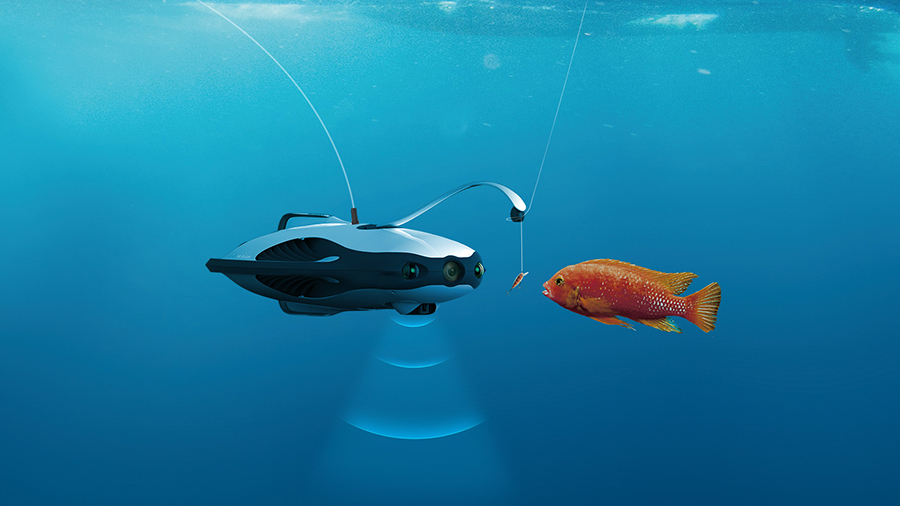
We've got something for fisherman or deep sea explorers too in the shape of the PowerRay Submersible Drone - it can find its way around underwater and will even catch fish for you, if you want. Think of it as a drone that goes underwater rather than in the air. Pricing isn't available yet but the submersible is launching later this year.
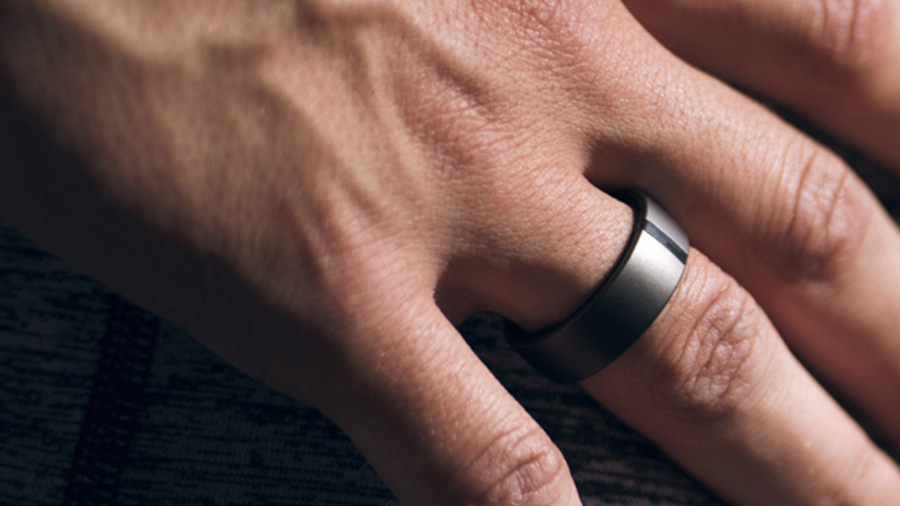
If you've always wanted a fitness tracker but don't want anything on your wrist then you're in luck - Motiv is showing off its smart ring at CES 2017. Apparently it can monitor steps, sleep, calories and even heart rate from your finger, and lasts between 3-5 days on a single charge. It's up for pre-order in the US now for $199 (about £165).
Sound and audio

LG has some funky-looking audio kit on show in Vegas, including not one, not two, but three sound bars. The SJ9, SJ8 and SJ7 come in different configurations, but at the top-end you get Dolby Atmos sound, 4K signal pass through, 24-bit Hi-Res Audio and even built-in Google Cast support.
Then there's Logitech's G533 Wireless Gaming Headset, featuring DTS Headphone:X surround sound and premium materials for an upgraded PC gaming experience. Unlike a lot of gear on show at CES, you can buy it in the very near future, for $149.99 (about £120).
For another quality pair of surround sound headphones, check out the Cloud Revolver S from HyperX. Its maker is claiming it's the first plug-and-play, 7.1 Dolby surround sound pair of headphones of its type, with a high-quality sound card built into the USB dongle. It can be yours from February for $149 (about £120).
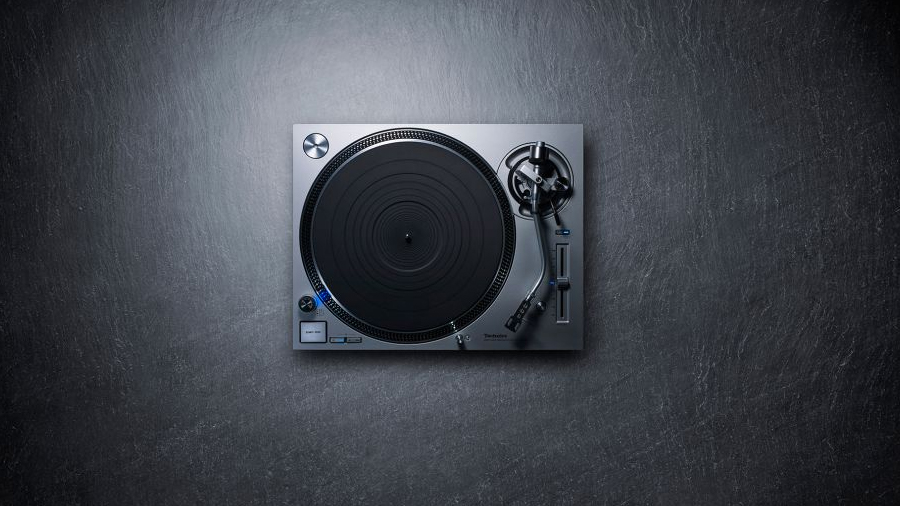
We were also treated to a new Technics turntable, the Technics Grand Class SL-1200GR. It uses a similar coreless direct drive system to last year's model, only with a single rotor rather than dual, plus surface-flooring to ensure a smooth spin. It's coming later this year but we're still waiting for details of pricing and availability.

Sony introduced plenty of new audio products too, including a pair of compact sound bars for your living room, new wireless speakers and wireless headphones with an emphasis on bass quality, and a new high-resolution premium Walkman. Oh and those speakers can be linked together for a "portable party", if you're interested.
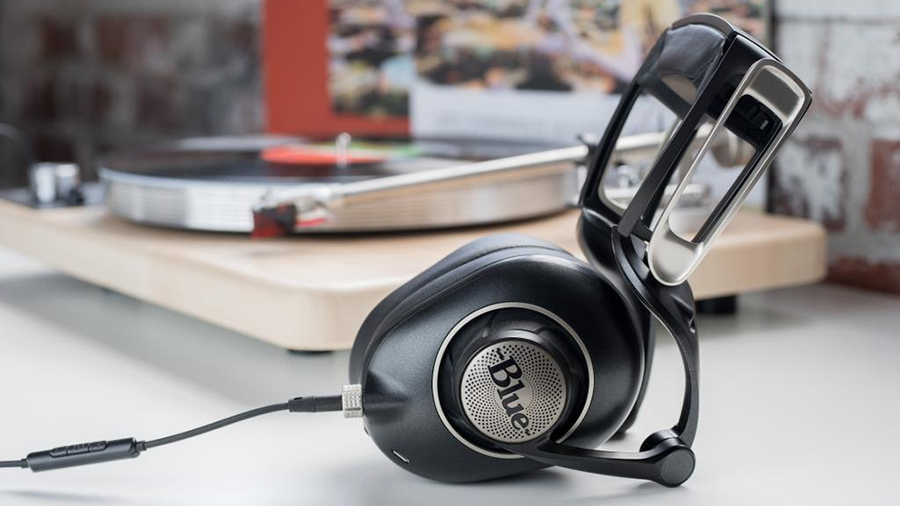
Also of interest to audio lovers, three new pairs of headphones from Blue: the Sadie (pictured above), retailing for £385/$399.99, the Ella, retailing for £675/$699.99, and Blue's first wireless headphones - the Satellite, with a built-in audiophile amp and dedicated noise-cancelling drivers, with pricing to be confirmed.
Finally the new ATH-DSR9BT wireless over-ear headphones from Audio-Technica have impressed us, and the organisers of the expo - who gave them a CES Innovation 2017 award. The cans use Audio-Technica's new Pure Digital Drive system to ensure a completely digital signal, which in theory leads to unprecedented sound performance.
Smart 4K TVs
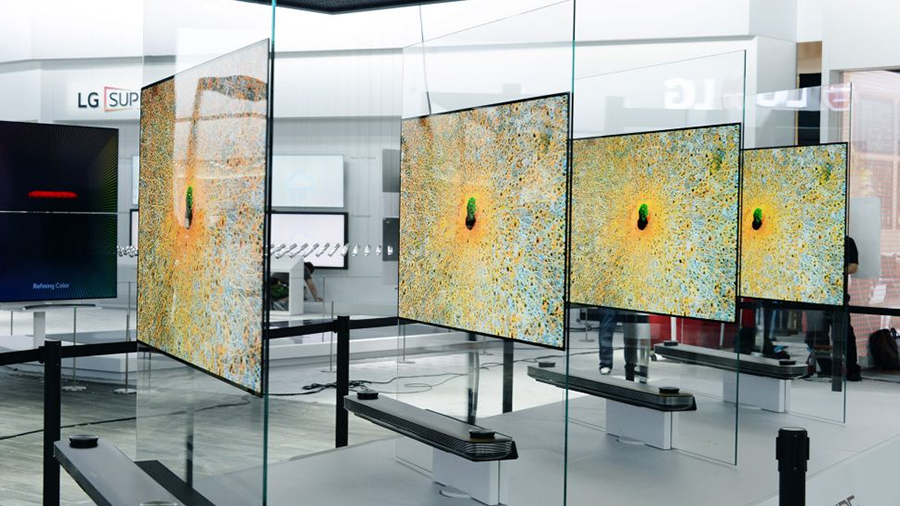
TVs just keep getting thinner: the latest Signature OLED models from LG are just 2.57mm thick and come with advanced Dolby Atmos audio handling features built-in, as well as HDR, 4K resolutions and an expanded colour gamut. You can even mount these 65-inch or 77-inch models on the walls with magnets. We're still waiting on pricing and on sale dates.

Before you start saving up for those, though, consider the Bravia A1E from Sony: not only does it use the deep and rich OLED display technology (something of a departure for Sony), it cleverly integrates the speakers in the display itself, and adds HDR to the mix too. It's one of the best models on show at CES but as yet we don't know how much it will cost - just that it's coming in 55-inch, 65-inch and 75-inch sizes.
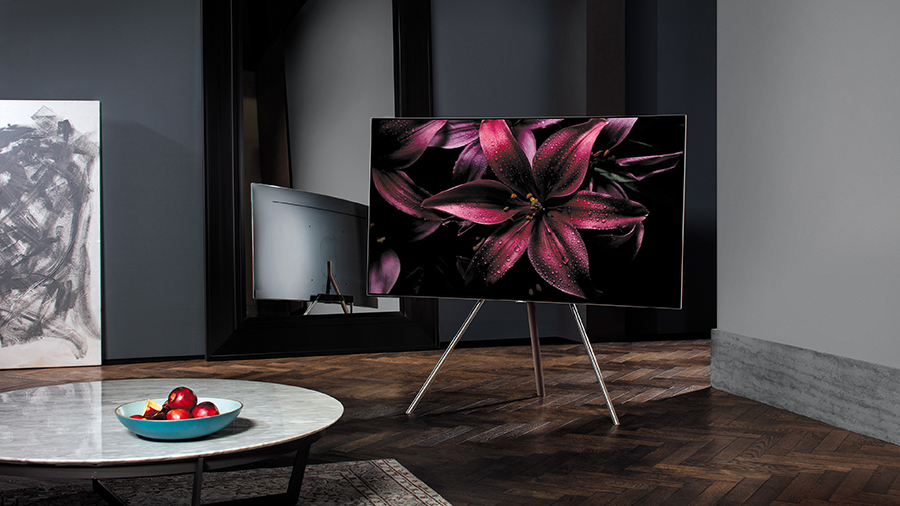
Samsung has three new TVs - the Q9, Q8 and Q7 - that it's labelling as QLED, or Quantum Dot LED (like OLED, but different). With better colour and brightness management, Samsung says it's the most "true-to-life picture" you can get. The Q8 models are curved, for a more immersive experience.
Meanwhile Panasonic has packed 4K Ultra HD, HDR and OLED technology into the EZ1002 (the EZ1000 outside of the UK), a new 65-incher that promises "professional grade image processing" and is capable of twice the brightness of a normal OLED panel - according to Panasonic at least.
Also at CES: 4K televisions with Amazon Fire TV technology built into them, made by Seiki, Element and Westinghouse. Basically, all the apps and functionality of an Amazon Fire TV, but integrated into the set, so you don't need to plug in another box or a dongle.
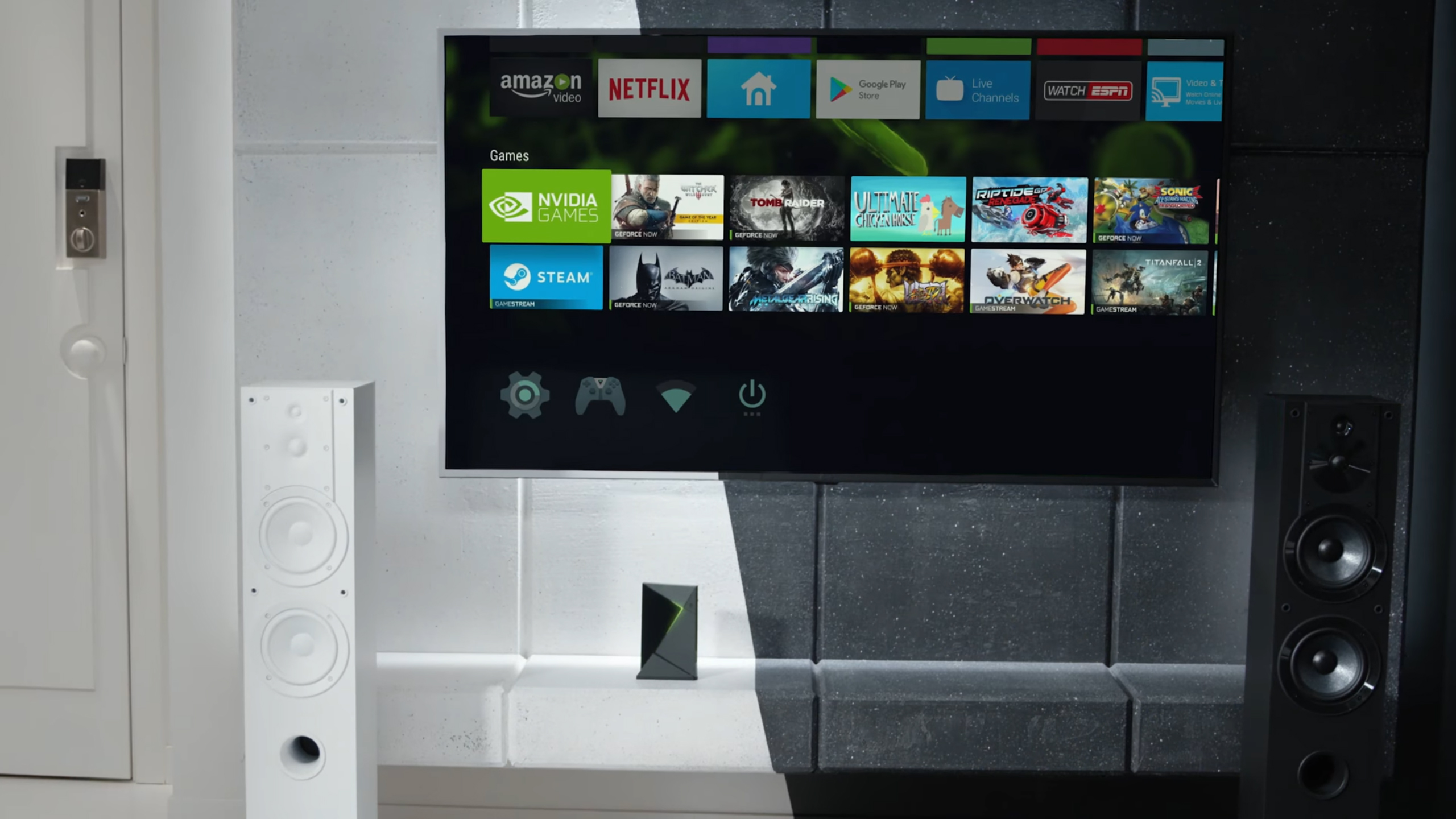
And if you'd rather not fork out for a new TV at all then the updated version of the Nvidia Shield TV is definitely worth considering. It brings with it improved 4K support for video and games, better HDR handling, and Google Assistant, as well as all the usual features you get from the Android TV platform.
Another alternative is the rather lovely-looking VPL-VZ1000ES 4K HDR home theatre projector from Sony, so you can use your living room instead of a screen if you prefer. This minimalist black box can cast an image up to 100 inches from corner to corner, even if it's just 6 inches from the wall. You'll need to start saving though - the listing price is a whopping $25,000 (about £x), and it goes on sale in April.
Laptops and 2-in-1s
There's been an avalanche of laptops and 2-in-1s at CES, so if you're in need of a new computer, you should find something of interest to fit your needs and budget.
There's a new HP Spectre x360 in town for starters, with a 15.6-inch 4K display to gawp at, plus a beefed up battery that HP says is good for nearly 13 hours of use. It's a little heavier than the original, but we'll take that trade-off, and the updated model goes on sale next month for $1,249 (about £1,015).
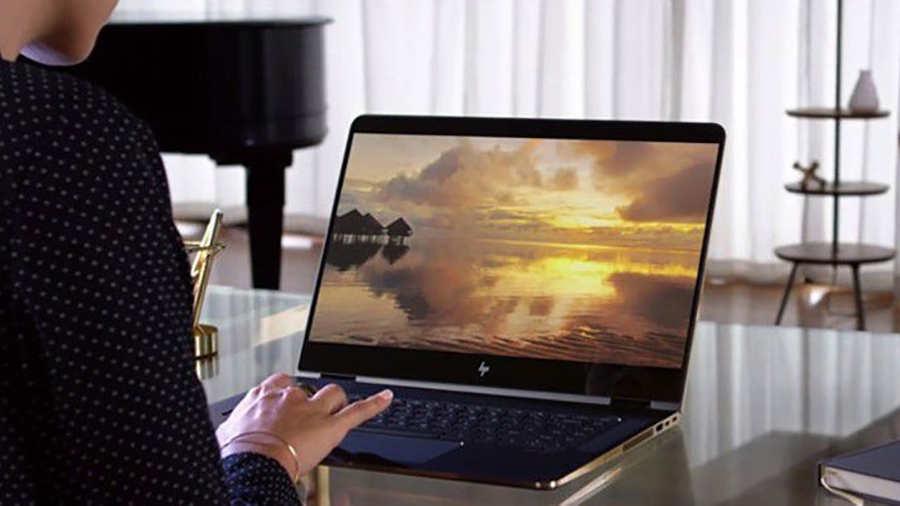
HP also has a slimmer, more powerful version of its curved, all-in-one HP Envy 34 desktop on show, as well as a curved 35-inch gaming monitor called, appropriately enough the Omen X 35. HP obviously going big on the large, curved screens at CES this year.
After a few months of speculation, the Asus Chromebook Flip 2 is now official: the follow-up to the original Flip, which we liked a lot, has a 12.5-inch full HD display, a 6th-gen Intel Core m3 CPU and 4GB or 8GB RAM. Battery life is quoted at 10 hours and like its predecessor it can run Android apps.

Meanwhile if you're interested in adding functionality to your existing laptop - a MacBook Pro light on ports, perhaps - consider the Elgato Thunderbolt 3 Dock. It works with any laptop with Thunderbolt 3, costs £269.95, and offers three USB 3.0 ports, an Ethernet socket, an a microphone. What's more it can drive up to two additional 4K displays from your laptop.
Oh and if you need to move any data around, try the incredible 2TB flash drive just launched by Kingston, the USB 3.0 DataTraveler Ultimate GT, available in 1TB or 2TB configurations. That's a lot of data to carry around - it's coming out next month but as yet we don't have a price.

Also from the department of laptop add-ons comes the Brydge 12.3 detachable keyboard, designed to make your Surface Pro more like a Surface Book. The aluminium add-on comes with a full-sized keyboard and trackpad, its own built-in storage, and an integrated stand to keep the display propped up. Pricing and availability details are to be confirmed.
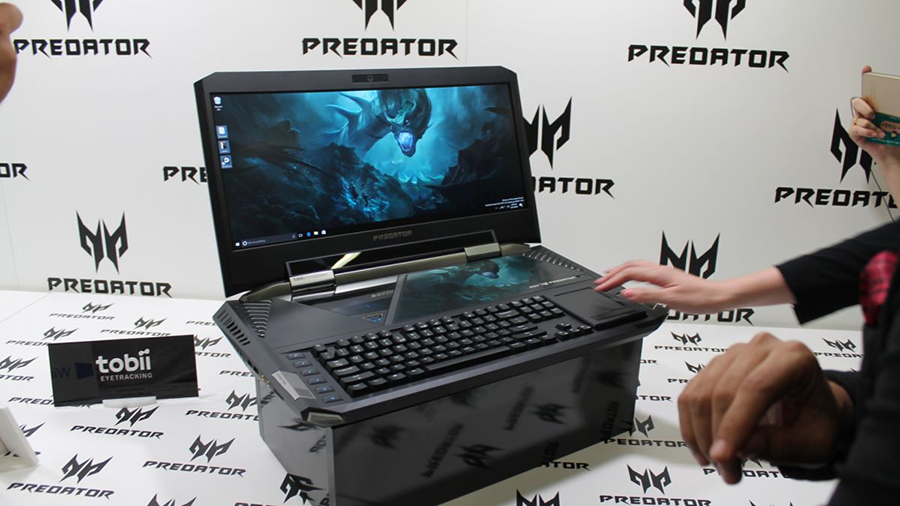
One of the most impressive laptop models - even if it's probably out of your price range - is the gaming laptop juggernaut that is the Acer Predator 21X. This 21-inch, curved-screen monster was first shown off last year but it's back at CES with a price tag: from $8,999 or about £7,330. For your money you're getting two GeForce GTX 1080 X graphics cards, the latest Intel Core i7 CPUs, up to 64GB of RAM, and up to four 512GB SSDs.
You don't have to spend that much though. Acer is also demoing the Aspire VX 15 and V-Nitro lines in Vegas, which pack some impressive specs into much slimmer bodies that one the Predator 21X is sporting. With a choice of i5 and i7 processors and Nvidia GeForce graphics, prices start at a more reasonable $799 (about £650).

The Dell XPS 13 2-in-1 looks like being one of the stars of CES this year. The XPS 13 is one of our favourite laptops of the moment and it's now available in hybrid format, so you can flip the screen over and use it as a tablet as well as a laptop. Prices are going to start at $999 (roughly £810), though that will go up depending on the spec you choose.
Dell isn't finished there either. It has a new Latitude 5285 2-in-1 model aimed at business users, with some advanced security software and a fingerprint reader. There's also the Dell Inspiron 15 7000 laptop, aimed at gamers on a budget - with an FHD (1,920 x 1,080) LED display, 7th-gen i5 processors from Intel, 4GB of memory and a choice of entry-level Nvidia chipsets, prices start at $799 (about £650).

Finally from the Dell camp, the Dell Canvas - a Surface Studio-esque all-in-one that comes with a smart workspace you put on your desk for your digital doodling and so on. It has been built to work with the Windows 10 Creators Update, and will cost you $1,799 (£1,460) and up when it goes on sale at the end of March.
Smartphones and wearables
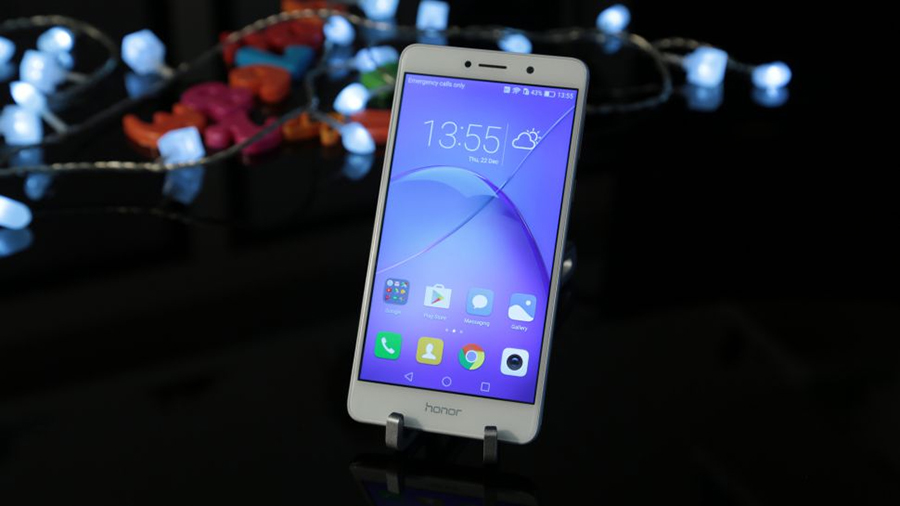
CES isn't known for smartphone launches but Huawei sub-brand Honor has launched the Honor 6X to tempt those on the look-out for a decent phone that doesn't cost much. With a 5.5-inch Full HD display, a smart-looking brushed metal chassis, and 3GB of RAM combined with a nippy processor, it's an appealing option at the recommended retail price of £229 (UK) and $249.99 (US).
Asus also introduced a couple of new phones, the ZenFone 3 Zoom with a bigger battery than its predecessor and the Zenfone AR, the world's second Tango phone after the Lenovo Phab 2 Pro. That means it comes with augmented reality smarts that let it sense the environment around it and drop in computer graphics accordingly. The 5.7-inch handset is coming before the summer with pricing to be confirmed.
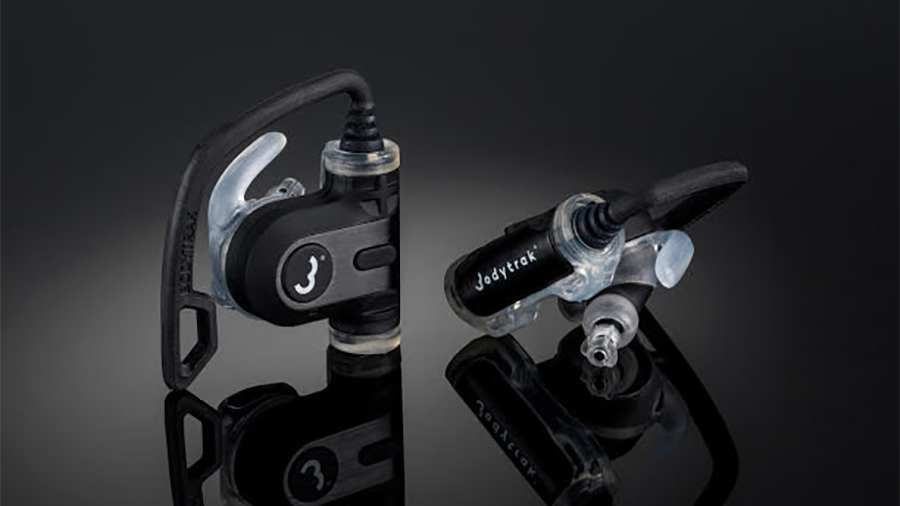
BodyTrak offers a new way of measuring all your vital statistics - through your ears. These professional-level earbuds can keep track of your core body temperature, your heart rate and a bunch of other advanced health and fitness readings... oh and they'll still play your music too. They're expected to launch in the summer.

Garmin is at CES too, showing off three variants of a new Fenix 5 outdoors sports watch. The watches build on the Fenix 3, adding a choice of two sizes this time around, as well as satellite mapping so it's very difficult to get lost. The devices are thinner and lighter too and come with all the tracking and monitoring tools of their predecessors. Garmin says the watches are coming in the first part of this year, with prices starting close to the $600 mark (around £490).

Not to be outdone, Casio has launched a new outdoor smartwatch, the WSD-F20. It's going to be one of the very first watches to come running Android Wear 2.0 out of the box, and it also has more advanced activity tracking and a refined design going for it as well. It's coming in April for around $500 (roughly £405).
Smarter networking

If you've got a fast, reliable broadband connection at home, consider yourself lucky. Companies like Google and Eero are trying to improve home networking and plenty of other tech outfits at CES are following suit.
Seasoned networking expert Linksys just unveiled its Velop Wi-Fi mesh system, where each device acts as a router, repeater and access point, ensuring strong coverage over your whole home - oh and it works with Amazon Alexa too. A single device goes for $200 (about £165), with bigger savings the more you buy.
Then there's Norton Core from Symantec, better known for its security software. This Wi-Fi router uses machine learning and some advanced security tools to keep your Internet-of-Things-enabled home secure. Again the price is $200 (about £165).
Lenovo: VR headsets, new laptops, a smart home speaker, and more
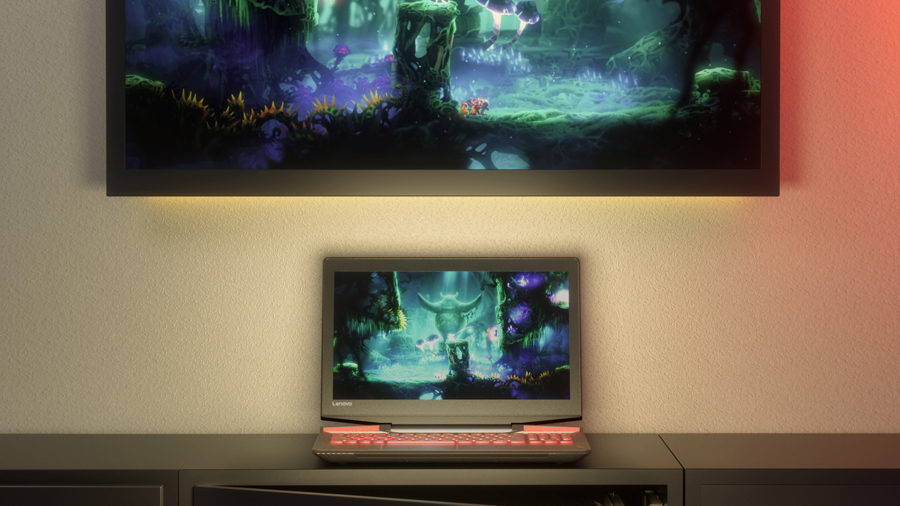
Lenovo is having a busy CES: the Chinese tech firm has unveiled a bunch of new products in Las Vegas, including two new powerhouse laptops built with gamers in mind. The Legion Y720 and Legion Y520 come with VR-ready Nvidia graphics (an Nvidia GeForce GTX 1060 configuration is available), the newest 7th-generation Intel Kaby Lake i7 processors, Dolby Atmos sound, and some funky keyboard backlighting.
The Legion Y520 goes on sale from February, with prices starting at $899.99 (about £730). The higher-end Legion Y720, with the option of a 4K display, can be yours from April, starting at $1,399.99 (about £1,140).
As we said, these are VR-ready machines, and Lenovo has also been demoing a lightweight VR headset for Windows that will set you back less than $400 (£325) - it won't have the graphics quality of the Vive or the Rift, but it won't cost you as much. As yet we don't have pricing, a launch date, or even a name.
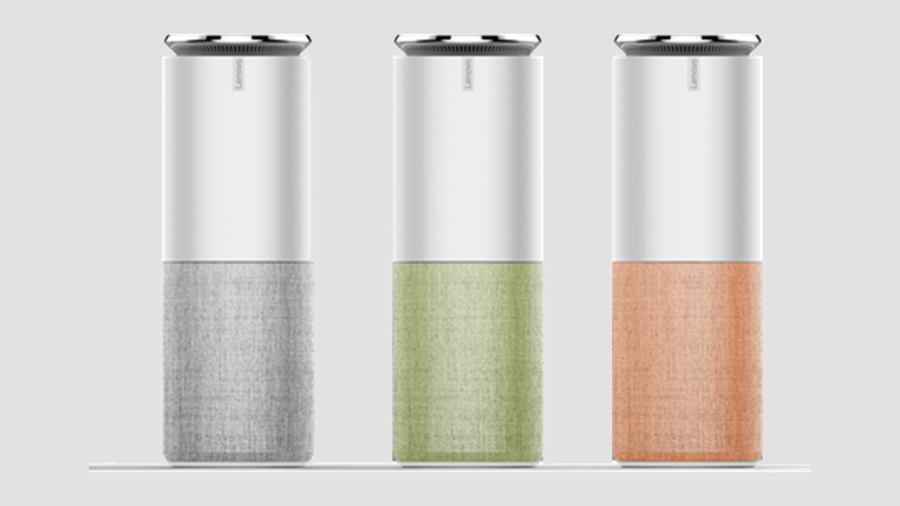
Added to that is the Miix 720 2-in-1 tablet/laptop hybrid, running the same Kaby Lake processors and with the Surface Pro 4 firmly in its sights (it even has its own stylus). It goes on sale in April, priced from $999.99 (about £815).
Lenovo has also unveiled its answer to the Amazon Echo in the form of the Lenovo Smart Assistant. In fact it's so much like the Echo, it's running the same AI software - Amazon's own Alexa assistant. It's a US-only exclusive for now though, on sale from May for $129.99 (about £105).
There are also new ThinkPad X1 laptops aimed at business users, a smart network storage drive, a keyboard-equipped remote for your smart TV, and apps for its Phab 2 Pro phone powered by Google's AR Tango technology.
More from LG: smart TVs, smartphones, floating speakers and more
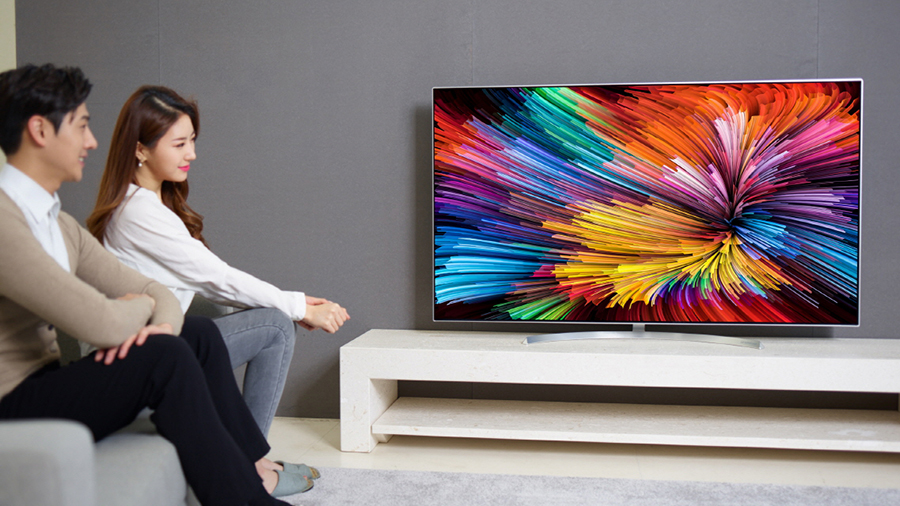
LG has a strong presence this year and some snazzy new 4K TVs for you to take a look at. Its 2017 Super UHD TV line-up features what the company is calling "nano cell" technology, where the screen is made up of uniformly-sized, microscopic particles.
That leads to more accurate and realistic colours than ever before - according to LG. The party trick is that each nanoparticle can blend with its neighbours for a more life-like look.
The SJ9500, SJ8500 and SJ8000 ranges use LCD technology and come with an advanced HDR (High Dynamic Range) mode, as well as LG's webOS software. We're still waiting for pricing and availability information.
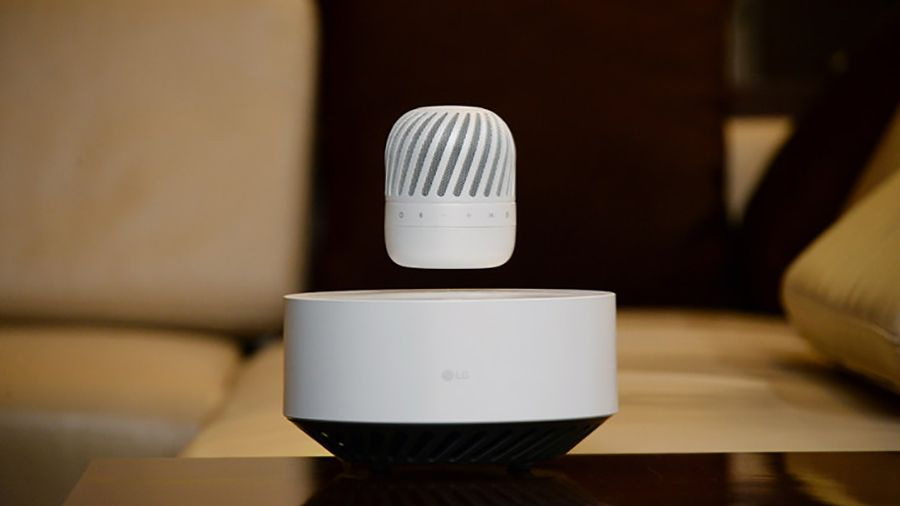
Included amongst the other wares LG is showing off in Vegas is the Levitating Portable Speaker, which pumps out your tunes via Bluetooth and floats in the air thanks to the power of magnetism. It lasts for 10 hours between charges but LG hasn't yet said how much it will be or when you can buy it.
There's plenty more to talk about from LG: for the audio fans out there, this surround sound wearable - kind of like a next-generation pair of headphones - can make your movies, music and games sound great even when you're away from your home cinema setup.
And while they might not be flagship phones, the mid-range handsets unveiled by LG at CES this week are definitely worth a look for those who are after good value (and they're all running Android Nougat too): the stylus-equipped Stylus 3, the K3, the K4, the K8 and the K10, with displays ranging from 4.5-inches to 5.7-inches.
More from Samsung: curved monitors, high-end audio and more
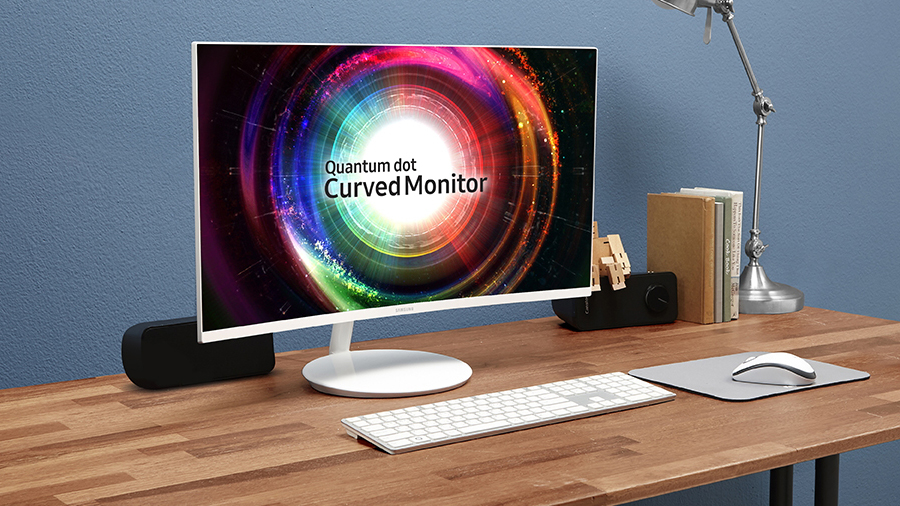
As one of the biggest names in tech on the planet, you would expect Samsung to have a strong showing at CES 2017 and it hasn't disappointed so far. We like the look of the curved CH711 gaming monitor, a 2,560 x 1,440 pixel resolution beast that gives you a juicy 178-degrees' worth of viewing angle.
Available in 27-inch or 31.5-inch sizes, the monitor can be adjusted to sit horizontally or vertically - should you want to put your curved gaming monitor in a vertical position.
Samsung is also impressing us with its audio products in Las Vegas this year. Both the H7 wireless speaker and MS750 sound bar use a digital audio upscaling technology developed by Samsung itself that promises crystal-clear audio no matter what your source. Considering Samsung picked up audio specialists Harman last year, we're hoping it sounds as good as Samsung is promising.
Dave has over 20 years' experience in the tech journalism industry, covering hardware and software across mobile, computing, smart home, home entertainment, wearables, gaming and the web – you can find his writing online, in print, and even in the occasional scientific paper, across major tech titles like T3, TechRadar, Gizmodo and Wired. Outside of work, he enjoys long walks in the countryside, skiing down mountains, watching football matches (as long as his team is winning) and keeping up with the latest movies.
